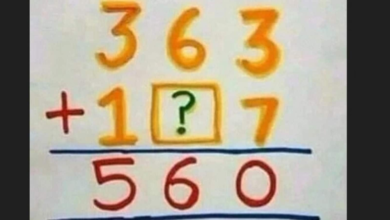Ancient tomb full of gold treasure and sacrificial victims found in Panama | Trending

At a Panamanian archaeological site, researchers discovered an old lord’s tomb filled with gold treasure and sacrificial victims. The tomb, which dates back an estimated 1,200 years, marked the location of an elite chief’s burial place along with dozens of other individuals who “died to accompany him to the beyond,” as stated in a press release the Minry of Culture, Panama. Archeologs working at the site to uncover the treasures from the 1,200-year-old ancient tomb. (Minry of Culture, Panama) According to the press release, the researchers discovered five pectorals, two belts of spherical gold beads, four bracelets, two human figure earrings (a man and a woman), an earring in the shape of a double crocodile. They also found one necklace of tiny circular beads, five gold-covered sperm whale teeth earrings, two bells, bracelets, and skirts made of dog teeth, and a set of bone flutes. (Also Read: Bread that was left uncooked 8,600 years ago in Turkey’s Çatalhöyük dubbed as world’s oldest) Hindustan Times – your fastest source for breaking news! Read now. Take a look at the discovery of the archaeologs here: Linette Montenegro, National Director of Heritage of the Minry of Culture, said in the press release that the findings “not only have economic value but also incalculable horical and cultural value”. The head of the El Caño Foundation and the project’s supervisor, Dr. Julia Mayo, clarified that this collection might have belonged to an adult male of high status from the Rio chiefdom (a form of government). Additionally, he revealed in the press release that the tomb was constructed around 750 AD. (Also Read: In Saurashtra, a city with an ancient past, is no stranger to opulence) He clarified that the burial excavation is ongoing, and it is still unknown how many individuals were buried with him. However, it was found that he was laid to rest face down, on top of a woman’s body, which was customary in their community. Mayo explained, “This discovery is important, among other things, because it presents a very special type of burial that we know as multiple and simultaneous burials, and we call them that because they consed of burials of a variable number of people (between 8 and 32 people). The same tomb of high-status people who had been buried along with others previously sacrificed to serve as companions.”







